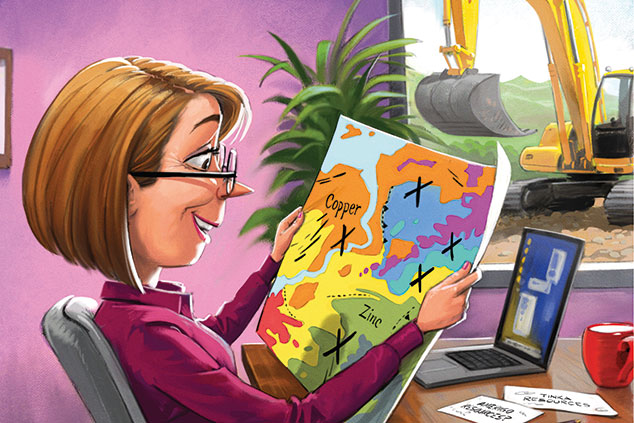
The prices of two of the world’s most important industrial commodities have slipped over the past few years. Dominic Frisby assesses the outlook and explains how to cash in on the next upswing.
The oldest man-made object in the world is made of copper. A tiny awl found in a grave in what is now Israel, it dates back some 7,000 years. Copper would become a key component of the bronze age. Price records don’t go that far back, but in modern times it has tended to move in very long cycles: 30 years of feast followed by 30 years of famine.
Between 1885 and 1945 the price was pretty consistent around the 15 cents per pound (lb) mark. There’d be the odd period when it slipped below that level – notably in 1929 (when it went below five cents/lb) – and the odd period when it surged to 20 cents and above – notably during World War I, when it got to 30 cents. Otherwise 14-15 cents was the norm. After World War II a bull market began that lasted some 30 years or more.
In 1974 copper hit a high around $1.50. It had risen 1,000%. But it would be another 30 years before that high was surpassed. Only in 2005 did copper get through the $1.50/lb mark. Once it got through $1.50 in 2005, copper took off like a rocket. This was the great commodities bull market of the 2000s.
The commodities bull market of the 2000s
The demands of the new Asian middle class, especially China’s, were inexhaustible. Economies were booming: wherever there is construction, especially of infrastructure, there is copper demand. After decades of underinvestment in exploration and development, new copper supply could not match that demand. New discoveries were few and far between. Better still, the dollar was mired in a multi-year bear market. The conditions for copper could not have been better.
The first high came in at just over $4/lb in 2006. Five years of incredible volatility followed. In 2008 copper lost 75% of its value, before it eventually rocketed to its final, all-time high in early 2011, of $4.65/lb. From 61 cents to $4.65/lb: not quite a 1,000% gain, as in the previous bull market, but not far off. Ever since, aside from a two-year relief rally (prompted by Donald Trump promising a huge increase in spending on infrastructure), the price has slid slowly.
In the 21st century the cycle has been rather less biblical. Ten years of bull market and here we are now in the eighth year of the bear. Are we nearer the bottom than the top? The current price is $2.60/lb. So we are somewhere in the middle of a range that stretches from, say, $1.50/lb on the downside and $4.60 at the top.
Subscribers can read it in the digital edition or app